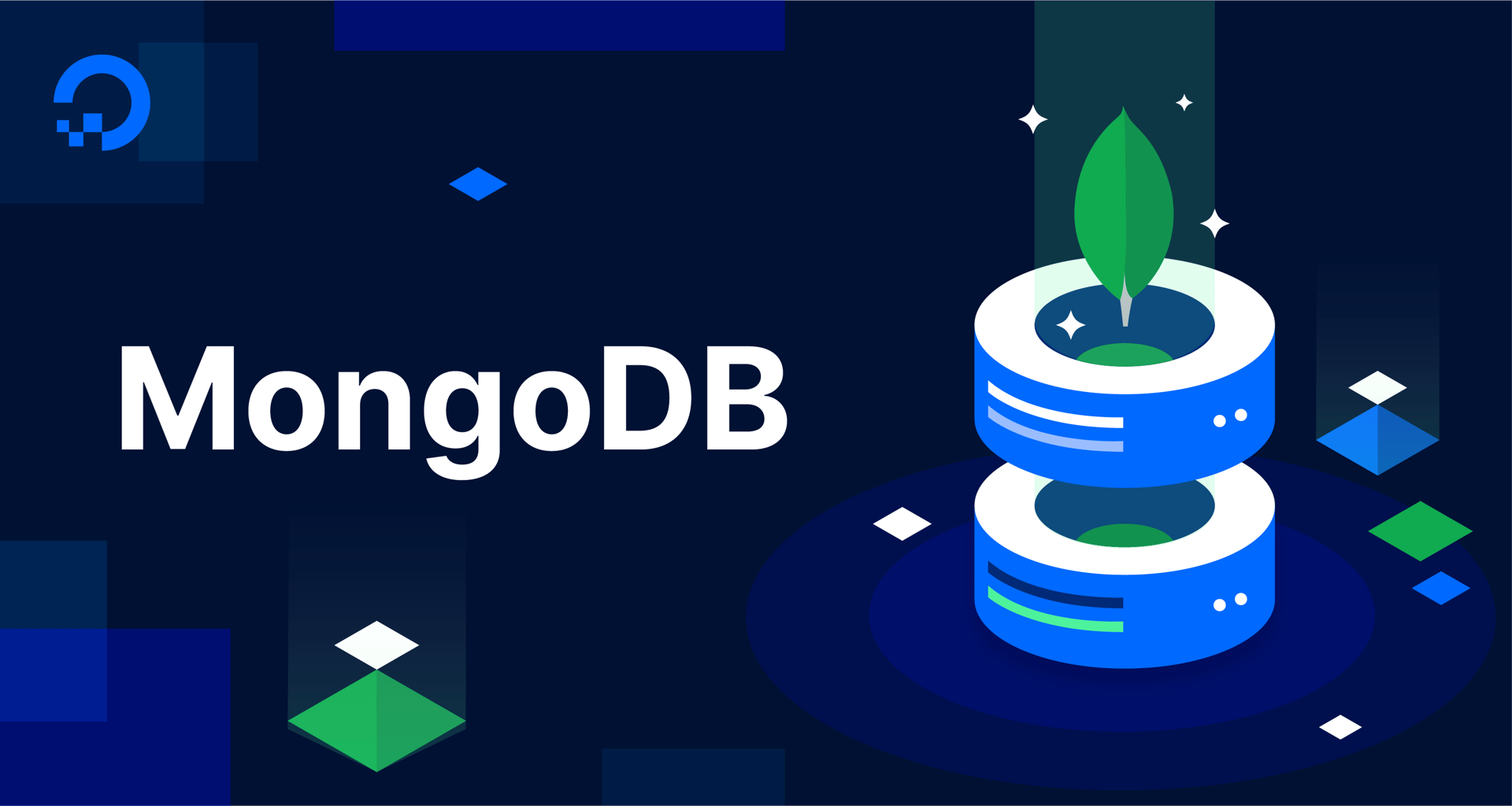- Log in to:
- Community
- DigitalOcean
- Sign up for:
- Community
- DigitalOcean
By Mark Drake
Manager, Developer Education

Maintaining a MongoDB database and keeping it secure is no small task, but by following the recommendations highlighted throughout this series you can reduce the number of your database’s vulnerabilities. WIth that said, the subject of securing a MongoDB database goes far beyond what could be discussed in a series like this one. Attackers are becoming more sophisticated every day, meaning that a database system could still become compromised even if it had been secured with all of the recommendations and features highlighted here.
As MongoDB has grown more popular, a number of cloud companies have launched their own managed MongoDB database service. A managed database, sometimes referred to as database-as-a-service or DBaaS, is a cloud computing service in which the end user pays a cloud service provider for access to a database.
Unlike a self-managed database, users don’t have to set up or maintain a managed database on their own; rather, it’s the provider’s responsibility to oversee the database’s infrastructure. Likewise, the cloud provider takes on much of the responsibilities related to keeping the database secure. Oftentimes the provider will deploy the database behind a firewall they control, and may require that any remote connections be made over TLS.
A common feature among managed database services is that they provide automatic backups as a form of disaster recovery. Many also ensure high availability and failover through automatic replication. However, as with any cloud service, by using a managed database you’re giving up much of the control that comes with the “roll-your-own” approach of overseeing all aspects of the database yourself.
DigitalOcean now offers its own managed MongoDB service that comes with a number of helpful security features. For example, DigitalOcean Managed MongoDB Databases require connections to be made over TLS/SSL, ensuring that your data remains encrypted as it traverses the network. The data held in a Managed MongoDB Database is also encrypted at rest through the Linux Unified Key Setup, so you can rest assured that your data will be protected from unauthorized users.
You can deploy a DigitalOcean Managed MongoDB Database with standby nodes. In the event of a failure, the service will switch data handling over to a standby node, helping to keep your data highly available. And after spinning up a MongoDB database managed by DigitalOcean, you can secure it by restricting inbound connections to specific Droplets, Kubernetes clusters, or tags. You can even spin up a Mongo database within a Virtual Private Cloud, ensuring that your data is only accessible to resources within a trusted network.
Click here to learn more about DigitalOcean’s Managed MongoDB Databases.
If you work for a large company that uses MongoDB, it might be helpful to hire one or more full time database administrators or an outside consultant database administrator to help you consider which of MongoDB’s security features makes the most sense for you to implement. You might even consider MongoDB’s Enterprise edition, which includes advanced security features like Kerberos authentication and built-in auditing. However, the Enterprise Edition requires a paid subscription and still requires careful administration and oversight.
Related Resources
Thanks for learning with the DigitalOcean Community. Check out our offerings for compute, storage, networking, and managed databases.
Tutorial Series: MongoDB Security: Best Practices to Keep Your Data Safe
MongoDB, also known as Mongo, is a document database used in many modern web applications. As with any database management system, it’s critical that those responsible for managing a Mongo database adhere to the recommended security best practices, both to prevent data from being lost in the event of a disaster and to keep it out of the hands of malicious actors.
This series of conceptual articles provides a high-level overview of MongoDB’s built-in security features while also highlighting some general database security best practices.
Browse Series: 6 tutorials
About the author
Former Technical Writer at DigitalOcean. Focused on SysAdmin topics including Debian 11, Ubuntu 22.04, Ubuntu 20.04, Databases, SQL and PostgreSQL.
Still looking for an answer?
This textbox defaults to using Markdown to format your answer.
You can type !ref in this text area to quickly search our full set of tutorials, documentation & marketplace offerings and insert the link!
- Table of contents
Deploy on DigitalOcean
Click below to sign up for DigitalOcean's virtual machines, Databases, and AIML products.
Become a contributor for community
Get paid to write technical tutorials and select a tech-focused charity to receive a matching donation.
DigitalOcean Documentation
Full documentation for every DigitalOcean product.
Resources for startups and SMBs
The Wave has everything you need to know about building a business, from raising funding to marketing your product.
Get our newsletter
Stay up to date by signing up for DigitalOcean’s Infrastructure as a Newsletter.
New accounts only. By submitting your email you agree to our Privacy Policy
The developer cloud
Scale up as you grow — whether you're running one virtual machine or ten thousand.
Get started for free
Sign up and get $200 in credit for your first 60 days with DigitalOcean.*
*This promotional offer applies to new accounts only.
